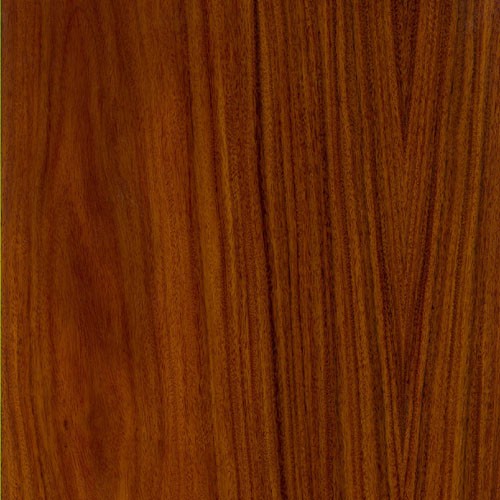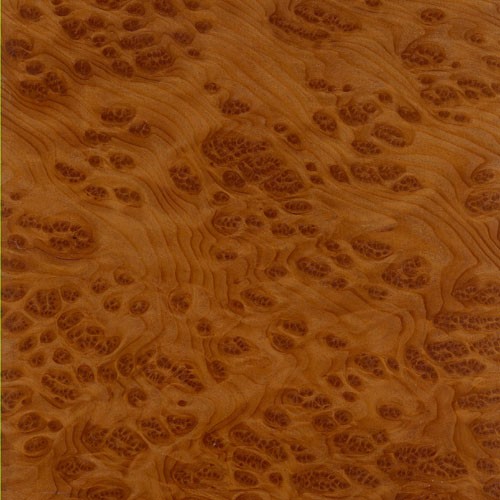Santos Rosewood
[Machaerium spp.]
Indigenous to tropical South America, notably Brazil and Bolivia, Santos Rosewood is known by many names across the region, including “Pau Ferro” and “Morado.”
A wildly beautiful species, it resembles Brazilian Rosewood in many ways, but it’s technically not in the Dalbergia genus — rather Santos Rosewood is in the closely-related Machaerium genus, which grows far more abundantly and sustainably.
Basically, Santos Rosewood is as close to a true Rosewood as any wood can get without being a Dalbergia species — and an excellent, cost-effective substitute for the endangered Brazil Rosewood.
Which only amplifies Santos Rosewood’s natural attractiveness. While its heartwood varies from a reddish orange to dark violet brown – usually with contrasting darker black streaks – its clearly demarcated sapwood tends to be a pale yellow or whitish gray color. The grain is typically straight, but can be slightly irregular or interlocked. Either way, it has a fine, even texture and naturally high luster.
Strong and heavy, Santos Rosewood is also able to take an excellent polish. Making the exotically handsome wood an exceptional choice for decorative wood veneer sheets, custom plywood, cabinetry, flooring, turned objects, and musical instruments — especially acoustic and electric guitars.
Species Distribution:
Tropical South America
Bolivia
Brazil
Common / Alternative Names:
Pau Ferro
Morado
Bolivian Rosewood
Janka Hardness:
1,960 lbf
Sustainability Status:
CITES Appendices: Not listed
IUCN Red List of Threatened Species: Many of the species within Machaerium spp. are reported by the IUCN as being of least concern. One exception is Machaerium villosum from Brazil, which is reported as vulnerable due to deforestation.










